Description
What is a GSM 3G 4G Antenna Flexible PCB Antenna?
The GSM 3G 4G Antenna Flexible PCB Antenna CTRF-ANTENNA-FPC-7027-2908-UFL120 is a Lora, GSM, NB-IoT, UMTS, 2G 3G 4G LTE small antenna manufactured by C&T RF Antennas Inc for the wireless network applications.
The GSM 3G 4G Antenna Flexible PCB Antenna is a small antenna with a 29x8mm flexible printed circuit board antenna, 2dBi gain, 120mm 4G antenna cable extender, and Ipex antenna for GSM 3G 4G networks.
The GSM 3G 4G Antenna Flexible PCB Antenna is supplied by C&T RF Antennas Inc, the leading indoor-outdoor antenna manufacturer in China.
We provide the IoT antenna M2M antennas with other antenna radio frequencies such as 169MHz, 230MHz, 315MHz, 433MHz, 868MHz, 915MHz, Lora, NB-IoT, GSM, Wifi 2.4GHz, 5.8GHz, 2G 3G 4G LTE, GPS, 5G NR, etc.
C&T RF Antennas Inc provides the 4G LTE antenna with many antenna types such as Dipole Antennas, Whip Antennas, Marine Antennas, Router Antennas, MIMO Antennas, PCB Antennas, FPC Antennas, Spring Antennas, etc, for IoT & M2M industries.
The GSM 3G 4G Antenna Flexible PCB Antenna is available at C&T RF Antennas Inc, Contact us for the GSM 3G 4G Antenna Flexible PCB Antenna datasheet, GSM 3G 4G Antenna Flexible PCB Antenna pricing, and GSM 3G 4G Antenna Flexible PCB Antenna inventory, or other GSM 3G 4G Antenna types.
GSM 3G 4G Antenna Flexible PCB Antenna Specifications
GSM 3G 4G Antenna Flexible PCB Antenna Electronical Specifications |
|
| RF Antenna Type | Flexible PCB/FPC Antenna |
| Model | CTRF-ANTENNA-FPC-7027-2908-UFL120 |
| Frequency | 698-960MHz, 1710-2700MHz |
| Gain | 2dBi |
| VSWR | ≤2.0 |
| Impedance | 50 Ω |
| Polarization | Omnidirectional |
| Cable | RG1.13mm |
| Cable Length | 120mm |
| Connector | U.FL/IPEX/MHF |
| Lightning Protection | DC Ground |
GSM 3G 4G Antenna Flexible PCB Antenna Mechanical Specifications |
|
| Dimension | 29x8mm |
| Weight | Approx. 3g |
| Material | Flexible PCB/FPC |
| Operation Temperature | -40˚C ~ +85˚C |
| Storage Temperature | -40˚C ~ +80˚C |
| Color | Black |
| Antenna Form | Omni Dipole |
| Mounting | Sticker/Connector |
| Safety Emission and other | RoHS Compliant |
| Applications | Public Safety/LMR/P25/TETRA, ISM/SCADA/Utilities, RFID, IoT/NB-IoT/LoRa/2G/3G/4G, GSM/GPRS/LTE |
GSM 3G 4G Antenna Flexible PCB Antenna Features

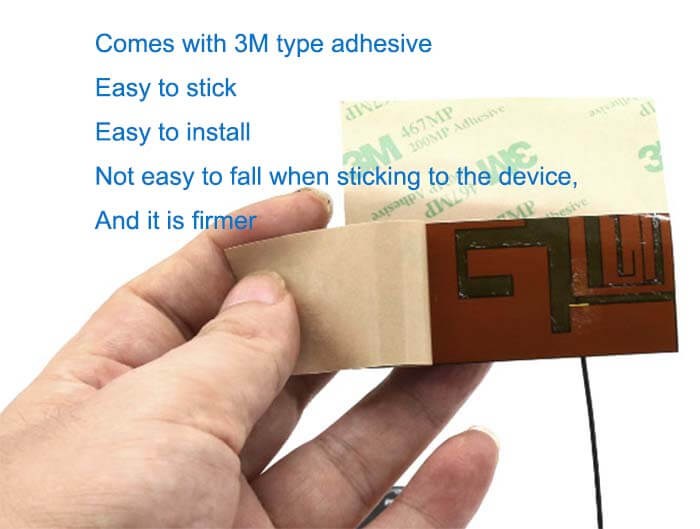
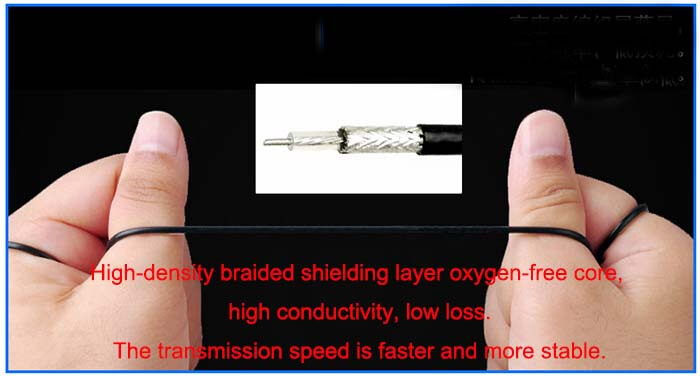
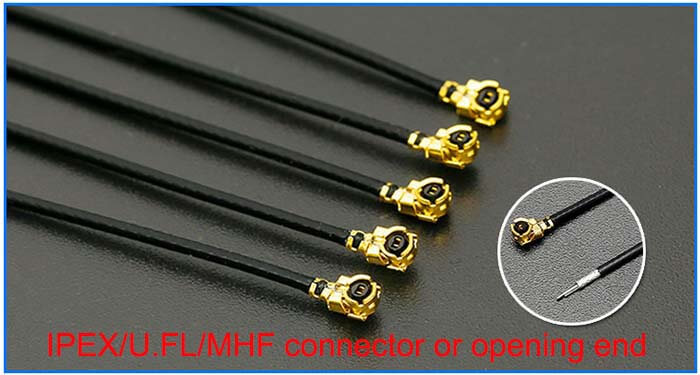
4G LTE Antenna Applications
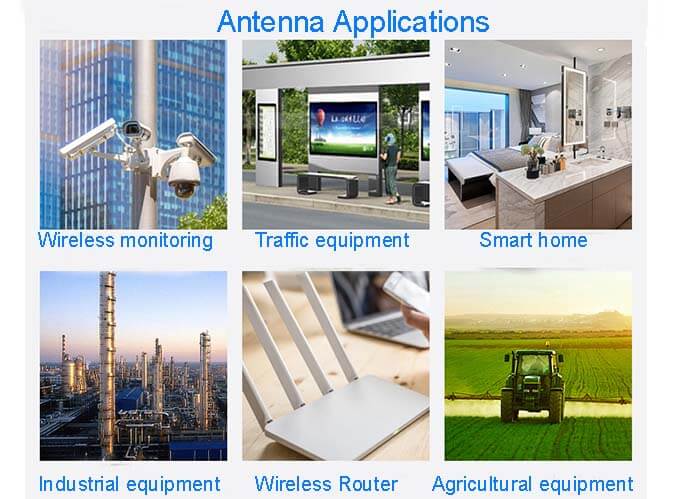
What is the Smart antenna?
Smart antenna is the communication field widely used to say variable antenna array, adaptive antenna array, or multi-antenna, is in multibeam without switching between beams. and developed on the basis of adaptive antennas.
In an adaptive antenna array, the weighted synthesizes the received signals of multiple antennas to maximize the signal-to-noise ratio, while multibeam uses multiple fixed beams within a sector Compared with fixed antennas, antenna arrays not only provide higher antenna gain but also provide a corresponding multiple of diversity gain.
A smart antenna is also a kind of antenna array that can filter in the space domain according to the information it collects, such as determining the spatial information of the signal, tracking, and locating the source of the signal. information, tracking, intelligent algorithms for locating the signal source, etc.
The smart antenna adopts the SDMA space division multiplexing method, and other multiplexing Combined with other multiplexing technologies.
It can utilize the spectrum resources as efficiently as possible, and through the different differences in the propagation path direction of the signal, it can reduce the impact of time delay spread, multipath, Rayleigh fading, and signal interference, and distinguish the signals of the same frequency and the same time slot.
At the same time, the smart antenna installed in the base station site is a two-way antenna mode, not only through the fixed antenna unit that is with programmable electronic phase relationship technology to obtain the directionality, but also the direction of the antenna.
Position relationship technology to obtain directional, but also can simultaneously obtain the mobile station and the base station between the directional characteristics of each link.
The smart antenna uses the applied digital processing technology to generate the spatially oriented beam, adaptively adjusts the directional map by the direction of the incoming signal, and tracks the signal.
Directional map, signal tracking, and the full use of mobile user signals, in order to achieve the best suppression of salty less or offset from all sides of the signal The purpose of the signal interference, which is also the basic principle of intelligent antenna I work.
An intelligent automatic tracking adjustment digital beam, suppressing signal interference, is the basic principle of an intelligent antenna. interference is the requirement of mobile IP networks and data centers.

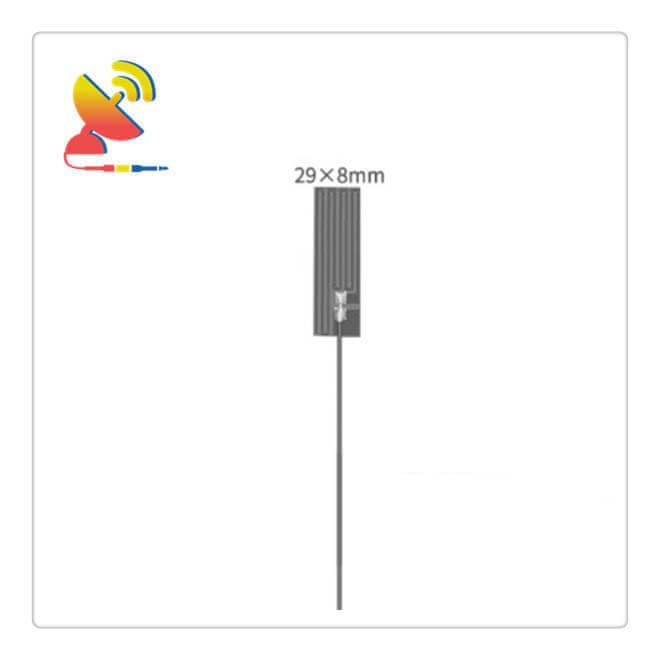
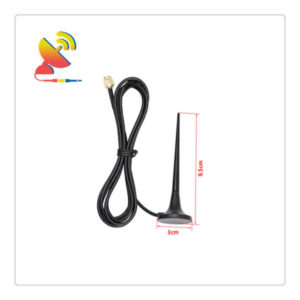
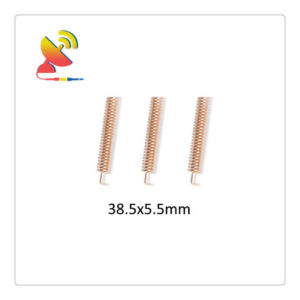
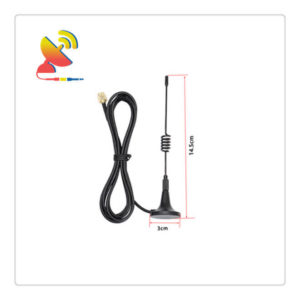
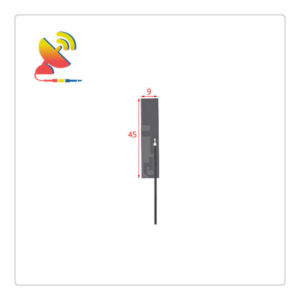
Reviews
There are no reviews yet.